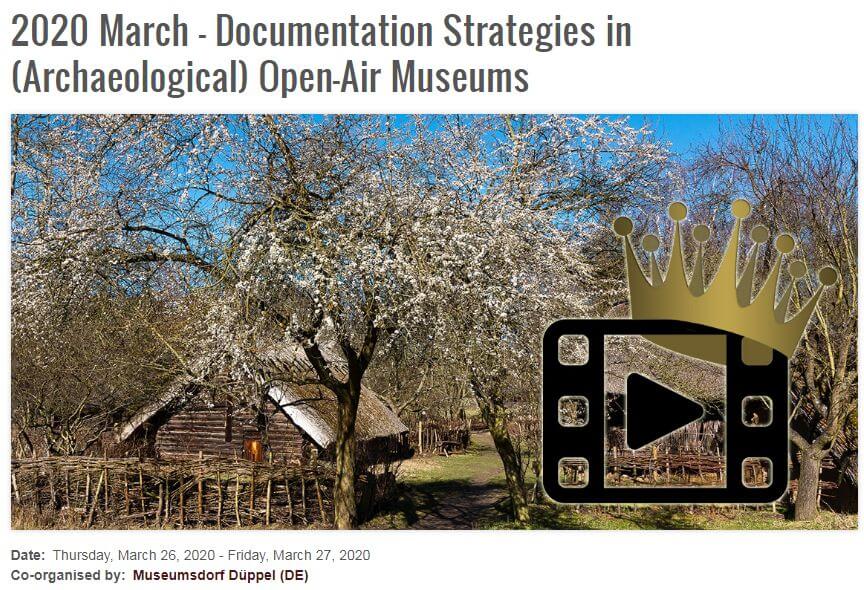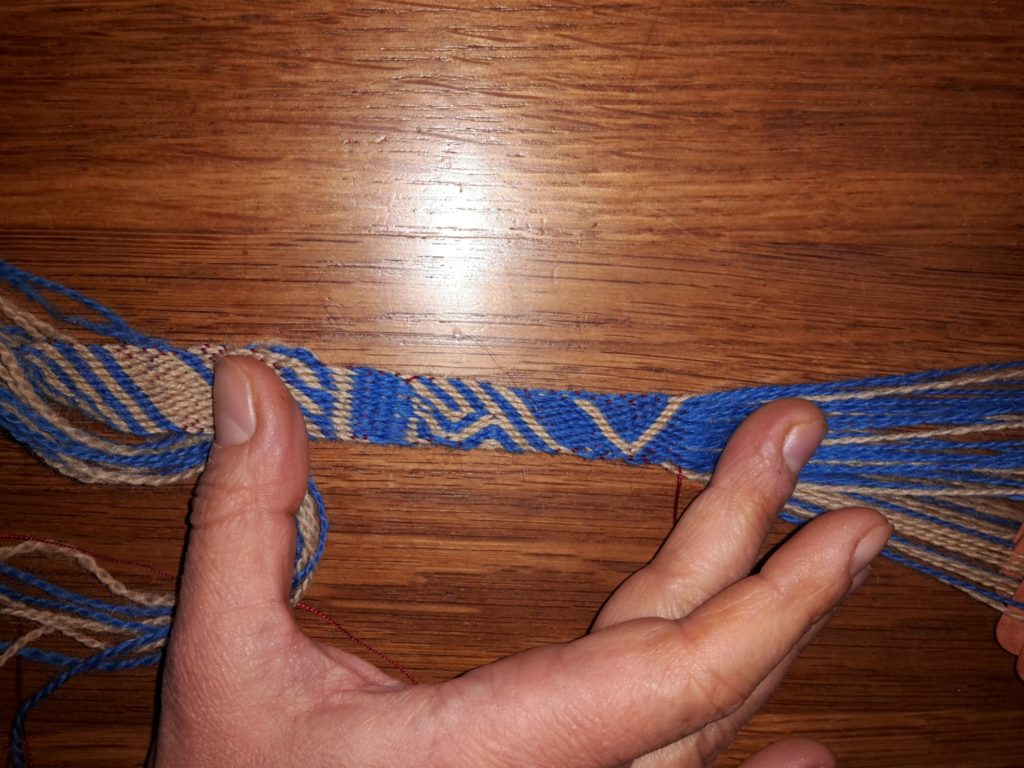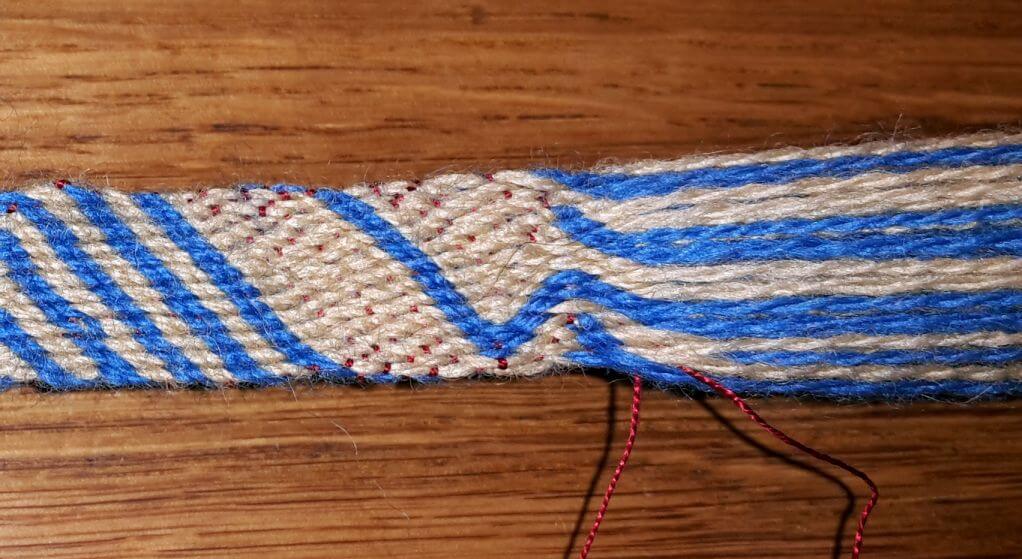So, as promised, stories from my past weeks - let's start with the first of my two conferences, the one I only attended (as opposed to organising it).
When I heard about the symposium held by the
TRC together with the
Knitting History Forum (which you should totally check out, and maybe join, if you are interested in knitting history), to bring the
Texel Stocking Project to its culmination and end, I had this inkling that it would be a wonderful conference.
And it was. It was... glorious. Like all the best conferences, it was full of interesting papers looking at the stockings, knitting in general, silk stockings in particular, and Citizen Science. There were things to look at, including (but not limited to) the exhibition about Socks and Stockings at the TRC. We got to meet the TRC collection's curator Lies van de Wege, who came in especially for our group and even let us poke at things in the depot, which was amazing.
There was coffee in abundance (necessary, too, to keep the brain awake), and there were cookies (lovely, buttery, crunchy Dutch cookies), and in coffee breaks and after the conference there was time for socialising (though, of course, there is never enough time to talk to all the people you want to chat with about all the things you could chat about).
Chrystel Brandenburgh did a wonderful job in organising all this, and putting together an amazing programme, which included a look at dyes, at the knitting process, at written data about hand knitters, and at the possibilities and challenges of Citizen Science projects. We were also lucky in that Leiden had a big special market just on the Saturday of the conference, which meant there were even more things to pick from for our lunch, and ample opportunities to sample local delicacies. (The Dutch know how to do delicious food, and delicious cakes.)
I did learn a lot at the conference - amongst the most important bits, for me, was hearing that it had been much easier for most of the knitters to use gummy silk (with the sericin still in it) to knit; after the stocking had been finished, it was then de-gummed and in some cases dyed. There were a lot of interesting conversations with colleagues around that topic, and it made me itchy to find out more about partial de-gumming, and how silk like that might feel, and how easy it would be to work with, and how well it would take dye, and how well that would wear.
Leiden was beautiful, too, and after Friday, even the weather was nice enough to have a little stroll through the city. Saturday evening was spent with a group that had formed after the conference, having dinner together, and I got the opportunity to try on a pair of the stockings (one of the two pairs used for wear-testing). They were amazing. Unfortunately, I was not allowed to take them home, but I am now thinking about making myself some socks from similar silk, and based on the pattern of the original stockings (which, by the way, is
available as a Ravelry download, for a little under 9 Euro, and buying it will support the TRC).
So I was going back from the conference having heard a lot, learned so much, with lots of new impressions of all kinds, lots of new connections formed; having drunk entirely too much coffee and having eaten way too much of the local delicacies, and with about a million new questions and a hundred ideas for things that would be good to look at. Or do. (Which includes, by the way, thinking about stocking some gummy silk in the shop, in case someone wants that to knit or weave with.) And with some stroopwafels and chocolate in my pack. Obviously.
To put it shortly: In exactly the state you are in after a perfect conference!




 Note the genius symbol thingie in the bottom right corner. I take off my hat to whoever made this.
Note the genius symbol thingie in the bottom right corner. I take off my hat to whoever made this.
